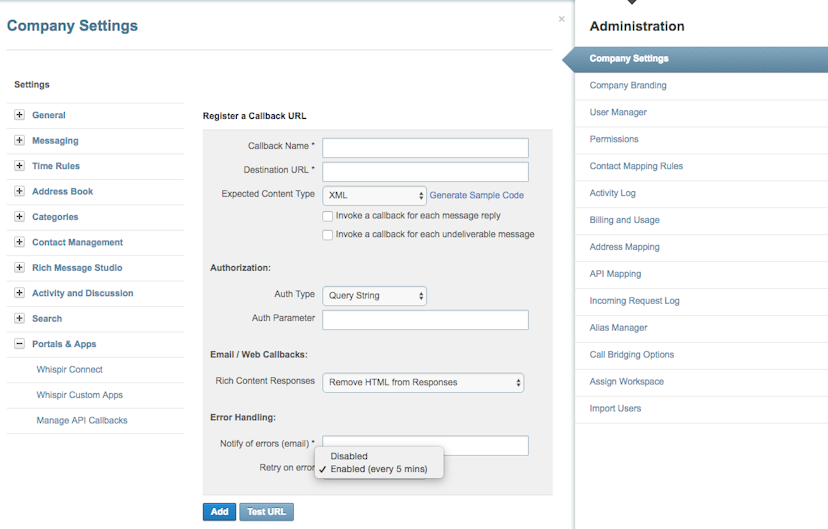Many companies are prepared to pay big money to engage their customers, either via social media, an app, or responsive websites. And it makes good business sense. Yet remarkably few companies look at internal communication in the same way. Which is surprising in light of recent research.
In 2016, Gallup reported that disengaged workers outnumbered engaged workers by nearly 2 to 1. This lack of interest costs many companies dearly. On average, when compared to a motivated worker, a disengaged one will generate half the turnover, account for less profit, and be more likely to leave. This type of workplace communication, or lack thereof, is detrimental to the bottom line.
Good internal communication is essential in engaging and motivating employees. It leads to a more effective workforce, creates open communication channels, and eliminates communication barriers that may not seem obvious from the inside. But it doesn’t happen by chance. Here’s a look at five steps to developing an effective internal communications program.
Step 1: Identify the goals
Communication for the sake of communication will achieve little.
It is essential to establish specific goals for an internal communications program. It’s important to then link these goals closely to business objectives to reflect best practices, the company’s vision, and its mission statements.
With clear communication, you can also address known problems such as internal rumors or communication breakdowns.
Step 2: Know the audience
Central to any successful communication program is delivering the right message to the right person at the right time – with the right tools.
By better knowing your staff members, you can plan your strategy more effectively. And it may include more than employees. Corporate communication may involve those in another vital role such as stakeholders and even government agencies.
The geographic location of the audience also could affect how you distribute information – going beyond remote employees. Are there cultural barriers to be considered? Certain societies are less willing to express themselves openly than others. A particular social media platform may be popular in some locations but not elsewhere.
Sharing information digitally is often subject to legal constraints, particularly across borders. Consider logistical issues related to time differences or possible challenges posed by regional infrastructure.
Step 3: Create a strategy
To achieve the desired outcome, you will need to define a clear strategy, based on your goals and the audience. This lets you build detailed and measurable actions in a number of different ways.
In addition to active listening, a SWOT analysis (strengths, weaknesses, opportunities, and threats) will help clarify potential areas of concern. These might cover staffing skills, budget constraints, and timing demands.
Step 4: Confirm the understanding
When the strategy has been established and agreed on, the tactics for execution can be discussed. The delivery team will add the actions, dates, and names of those responsible for each item to create a clear and measurable plan.
Unless senior management is committed to the plan, failure is often a risk. The same is true for all members of the delivery team. Do they fully understand their involvement? Have they bought into the need for an internal communications system and the plan for developing it?
It is often easy to obtain agreement but not necessarily commitment. Addressing this may require motivating people in a less formal environment. This is where gathering and distributing constructive feedback is paramount to establishing effective communication.
Step 5: Review, reassess and refine
Measurable deliveries with clear due dates make it easy to monitor progress. But things change. By anticipating bottlenecks, delays can be avoided. Delivery team members should be encouraged to provide input and feedback as they implement the program.
Once fully implemented, monitor the program on a regular basis to ensure it is meeting the objectives. Reactions and comments from end-users are important – especially those in remote work that may see the process differently from others.
Today’s employees are already bombarded by emails – internal and external. For the communications program to be actually used, it must deliver value to the audience. The hard-pushed employee will ask, “What’s in it for me?” It’s important to ensure that they know via honest communication styles.
Metrics on usage and feedback are invaluable. But they shouldn’t be simply a justification exercise to show ROI. Important insights can be gleaned from these performance and acceptance indicators. Be ready to use the information to make necessary refinements.
Who’s listening?
A crucial part of any employee engagement system is the way information is disseminated. Most companies employ multiple channels. Mobile devices are gaining acceptance for messaging in the workplace. But other devices may be preferred, particularly if the work requires using large screens, as in design.
The target audience and the type of message will determine the best channel (and communication tools) to use. Newsletters, product updates, and lengthy documents may be better suited to laptops or tablets. Whereas SMS and short messages are ideal for smartphones.
Emails present an interesting challenge. In 2015, a study showed that the average office worker receives 121 emails a day, meaning important messages can be overlooked.
By using channels according to the type of communication, the number of emails can be better managed. This allows key notifications to reach a targeted audience, swiftly and in the best readable format. It’s a quick way to become an effective communicator.
How to “like” the company
Most companies have intranets, valuable for storing large amounts of information. Many continue to favor them for mundane tasks involving large documents and schedules. But because of the limitations inherent in their delivery mechanisms, legacy intranets alone struggle to satisfy the needs of modern internal communication.
Mobile communication platforms and apps are becoming popular ways to exchange information in the workplace. With 83% of Americans now active on social media, this is no surprise, but not all companies are embracing the opportunities.
Unlike the impersonal intranet, mobile communication encourages interaction among employees. Implemented correctly, it allows for comments, shares, likes, and dislikes in ways already familiar to the staff, especially millennials that grew up with a different set of communication skills.
Get connected
An effective workplace communication program should engage its intended audience. When implemented successfully, it will engender loyalty and a sense of belonging within the workforce. This should not be underestimated. A Globoforce report showed that nearly 80% of people who worked between 30 and 50 hours a week, spent more time with their colleagues than with their families.
This means that poor communication can be incredibly harmful to the mental health of those spending most of their time at the office or via Zoom meetings. The ability to connect efficiently to everyone in an organization is also vital in the event of an emergency or a crisis.
At a time of increasing connectivity, effective internal communication is becoming imperative.
Transform your internal communications with Whispir
With a full suite of mobile-integrated tools, Whispir is uniquely placed to help your organization promote internal communication and leave ineffective communication practices behind. Take a free demo to see how Whispir is designed to streamline your internal communications – all from one easy-to-use platform.










